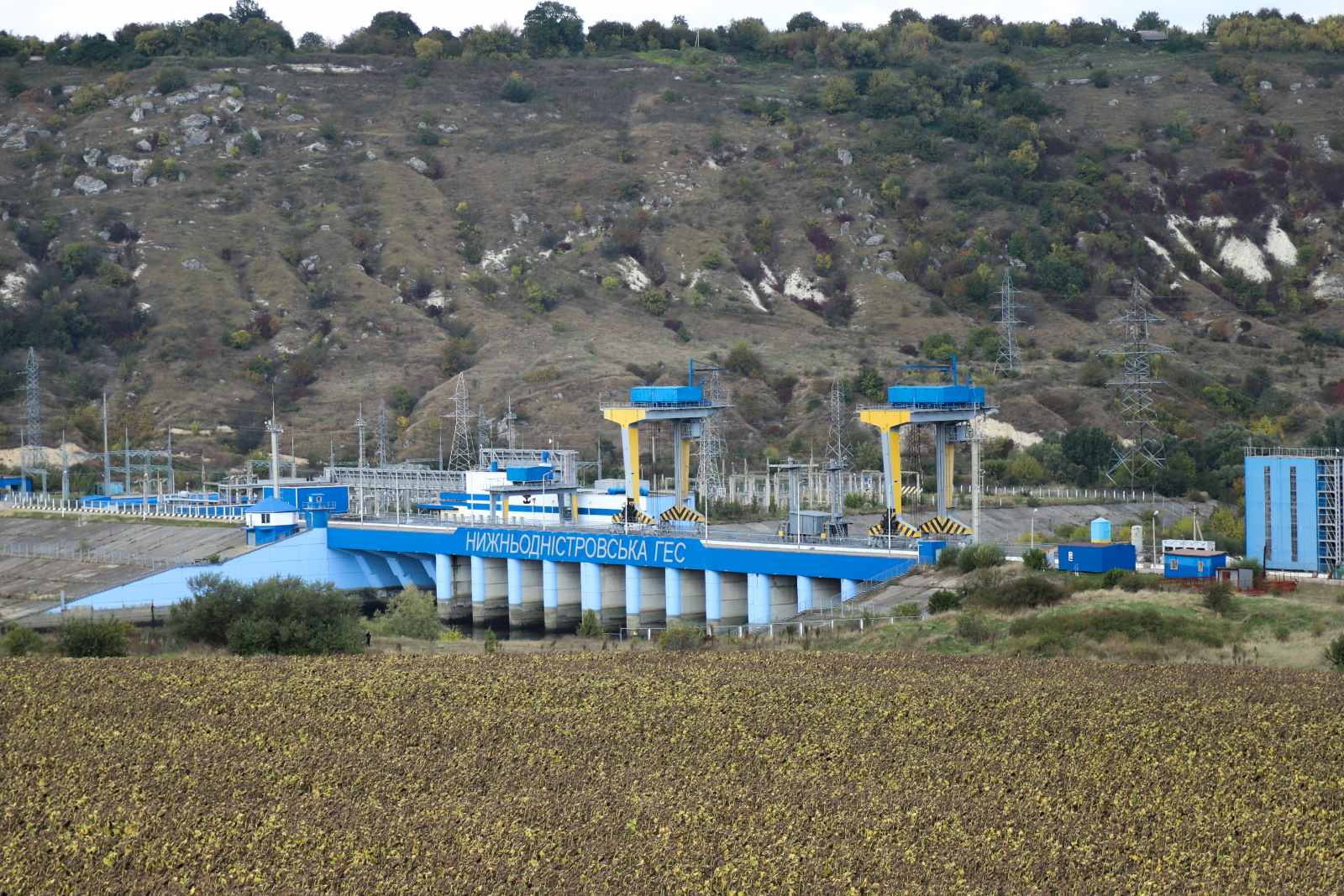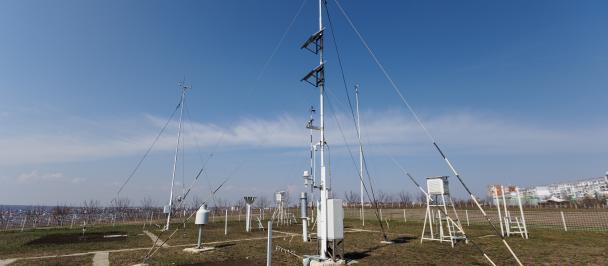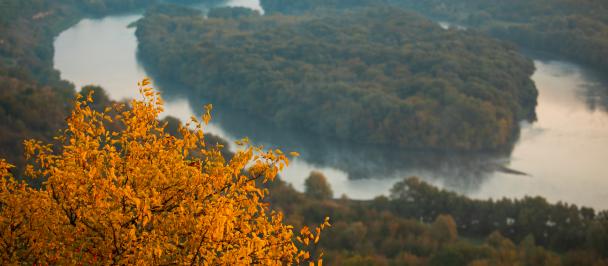The Dniester Hydropower Complex (DHC) impacts the most a Nistru river’s segment of 150 kilometers downstream of Naslavcea. This is one of the conclusions of the study on the social and environmental impact of the DHC on the Nistru river, commissioned by UNDP Moldova and developed by a team of independent experts, at the initiative of the Ministry of Environment, with the support of Sweden.
The effects are divided by experts into three categories: negative, regulatory, and possible, which have not yet been demonstrated.
The first category includes the impact on the hydrological state of the river, displayed by the hydropeaking phenomenon or the pulsating effect of the waves, the effect on the morphological state, the sediment transport being essentially reduced, the impact on the thermal regime, the discharged waters being up to 7.5°C colder in summer and 5°C warmer in the cold season. At the same time, the areas covered with aquatic plants, which can damage the river, have increased from 1 to 85% in the northern sector of Moldova, the level of zooplankton and deep-sea organisms have decreased, 19 species of fish disappeared in the middle segment and 15 species in the lower segment, also, the number of valuable fish species (blind, carp, pikeperch, pike, cod) have decreased about 40 times.
The economic effects are perceived through an unstable or considerably diminished quantities of water during critical periods, sometimes with essentially modified characteristics (temperature, sediments, etc.) for several water users in the Republic of Moldova, such as those in agriculture, food industry, tourism, and other sectors.
Another category of DHC impacts have regulatory effects. Thus, the minimum flows have doubled, and the minimum flow of 100m3/s is ensured (which contributes to mitigating the effects of drought), the maximum flows have been reduced, so that the risk of flooding is diminished, there is a seasonal regulation of water leakage.
However, there is no certainty that the Ukrainian side will ensure the permanent discharge of the minimum flow of 100 m3/s. Water losses by infiltration, volume of infiltrations, the impact on groundwater, increased risk of excess moisture in neighboring areas, non-compliance with the operating part of the DHC (human, technical errors) could not be demonstrated.
"The study scientifically confirms that the entire DHC has a significant impact on the environment, and this impact, according to national and international regulations in the field of environmental protection, should be eliminated or compensated. Thereby, the Ministry of Environment will have the necessary means to take concrete measures, both by developing national and local development policies, and in cooperation with Ukrainian partners," said the State Secretary within the Ministry of Environment, Iordanca-Rodica Iordanov.
The State Secretary spoke to a group of journalists who participated in a field visit to Naslavcea, the most affected sector of the Dniester, on 14 September 2021, together with co-authors of the study.
The project "Study of the social and environmental impact of the Dniester Hydropower Complex" will support Moldovan authorities in the process of negotiations with the Ukrainian side on the joint operation of the Nistru river.
The Dniester Hydropower Complex began to be built by Ukraine in 1973 and the first hydropower plant was launched in 1983, followed by the second in 2002 and the Pumped Hydroelectric Power Plant – in 2013.

 Locations
Locations




